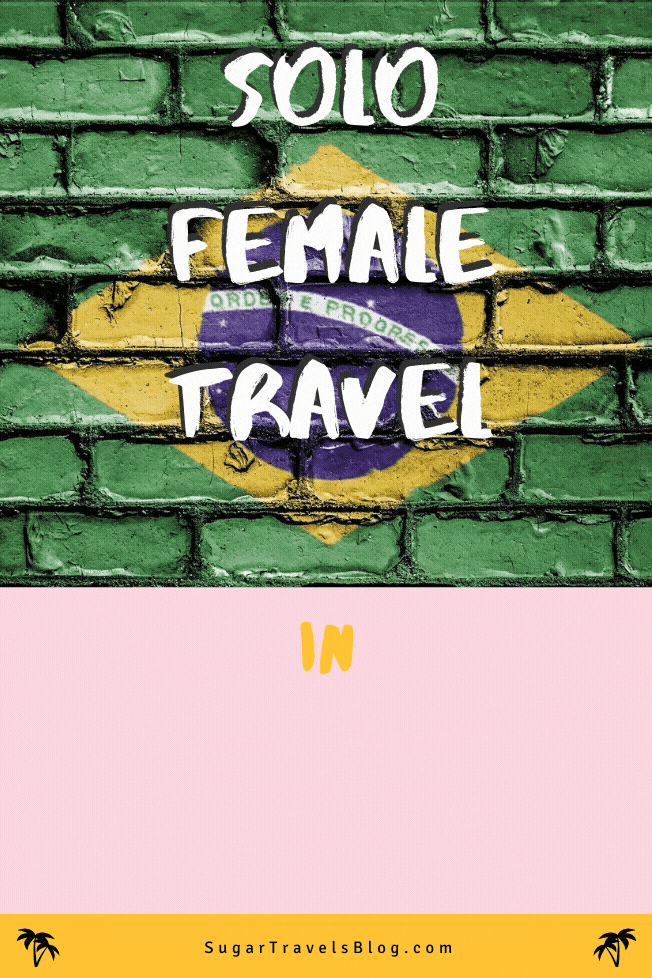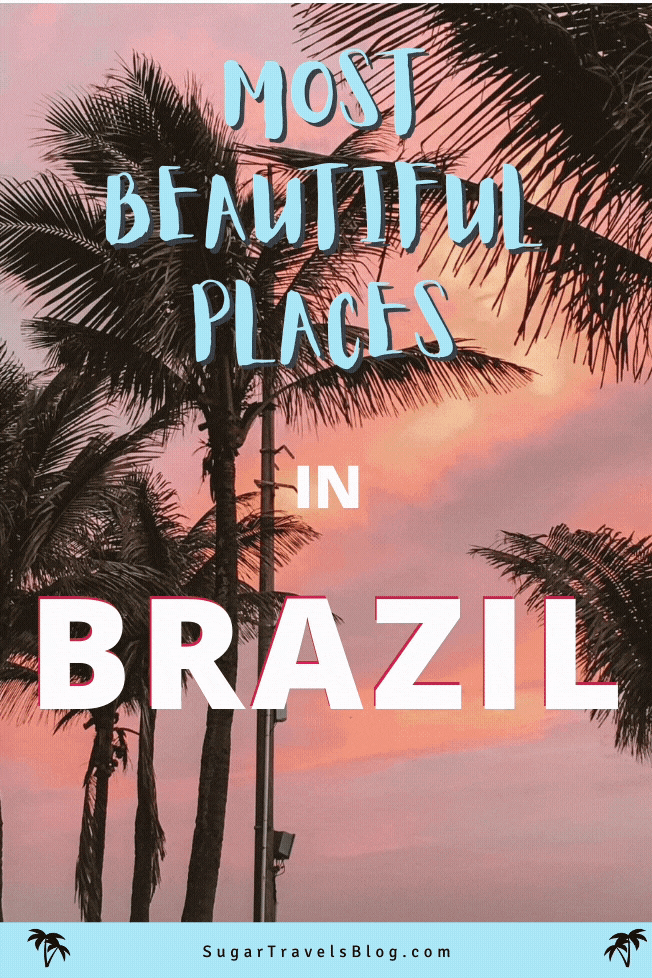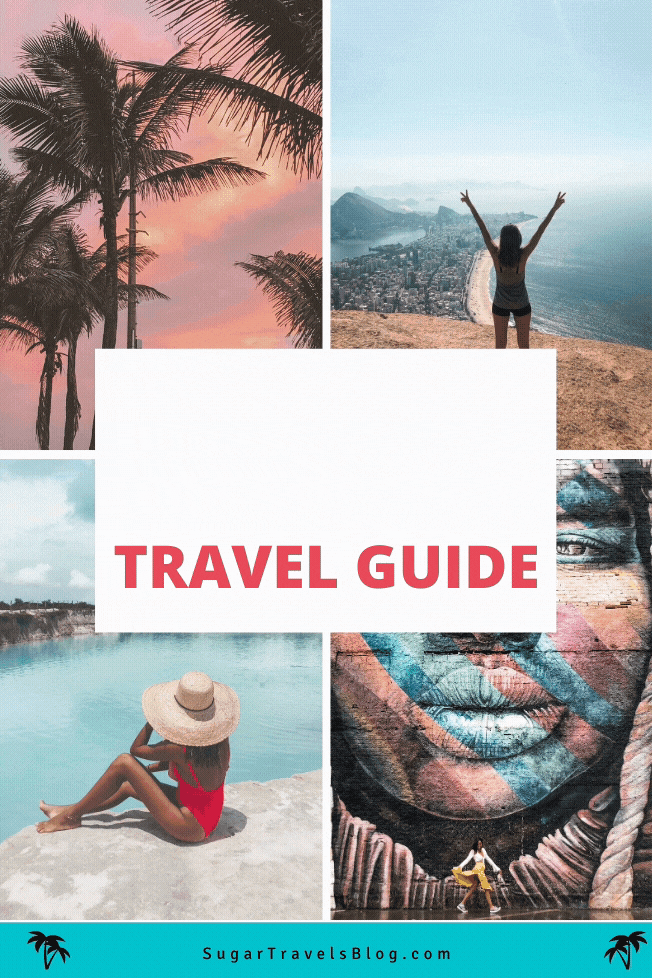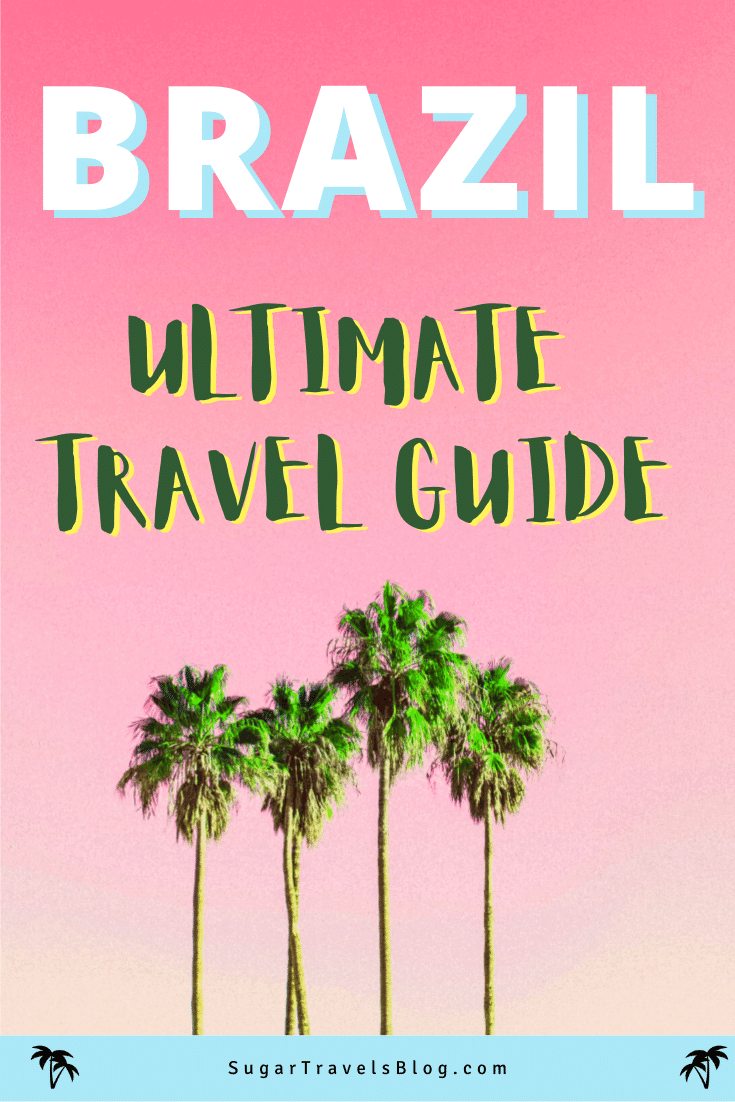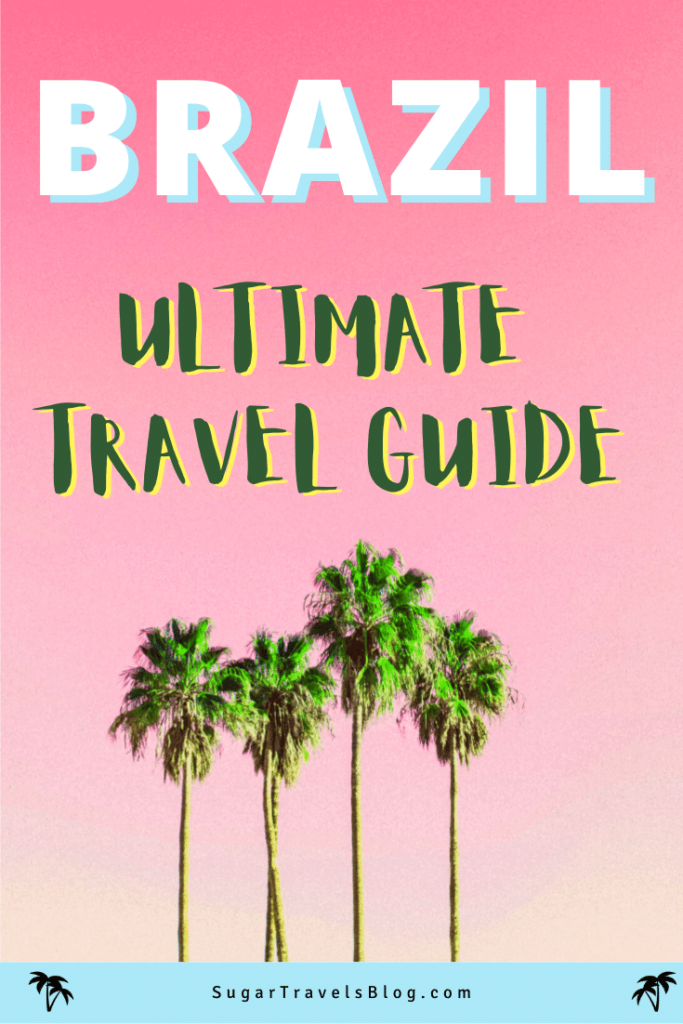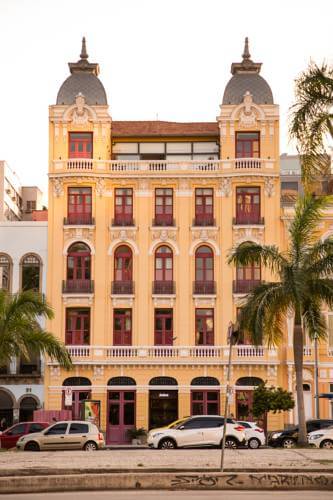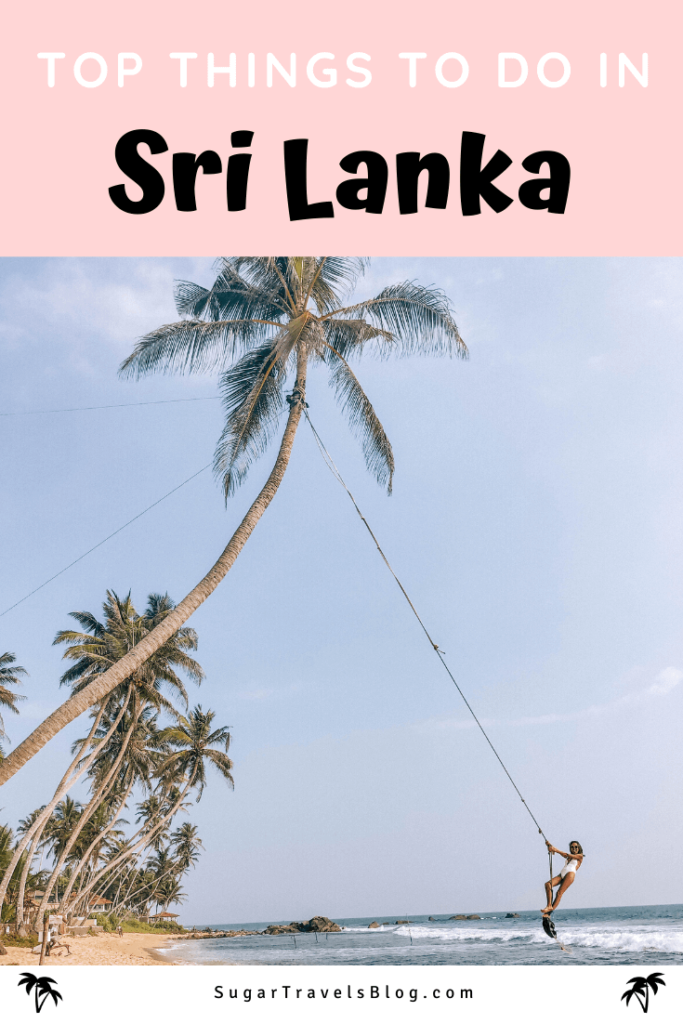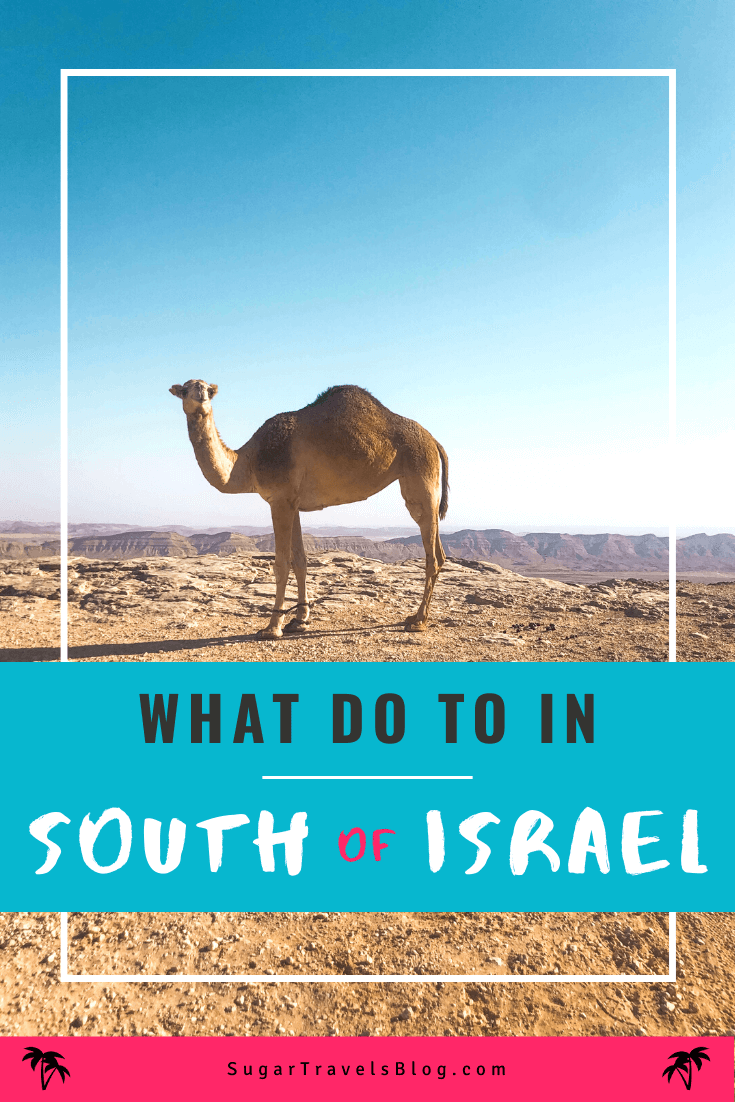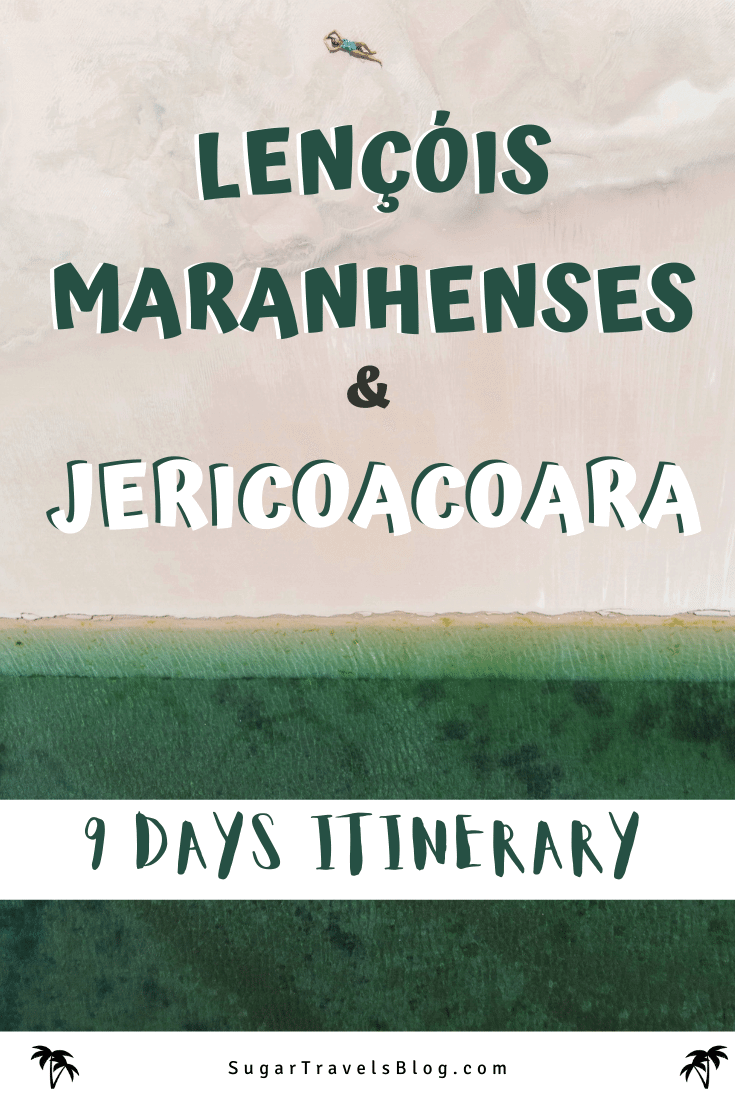Welcome to Brazil
They say that there’s no sin below the equator. This might be true when it comes to Brazil. Especially during Carnaval’s time in which there’s this feeling of lack of inhibition. But all year long you will notice that in Brazil there’s a sense of freedom around you. Brazil is a place of music, sensuality, raw nature and welcoming people.
In Brazil, there are so many destinations each one different than the other- from a beach town, tropical islands, dunes, and lagoons. and cities with parties nonstop.
Brazil is actually a semi-state so you can travel in it for months. In fact, my first trip was 3 months in which I explored the country from south to north.
In the past brazil was considered a pricy destination when compared to other South American countries but with the different crises and changes in the value of the Real Brazil is now considered less pricy than in the past.
How long does it take to travel to Brazil? What’s the cost of such a trip? Which are the best hotels and hostels?
All this and more in the Traveler Guide to Brazil!
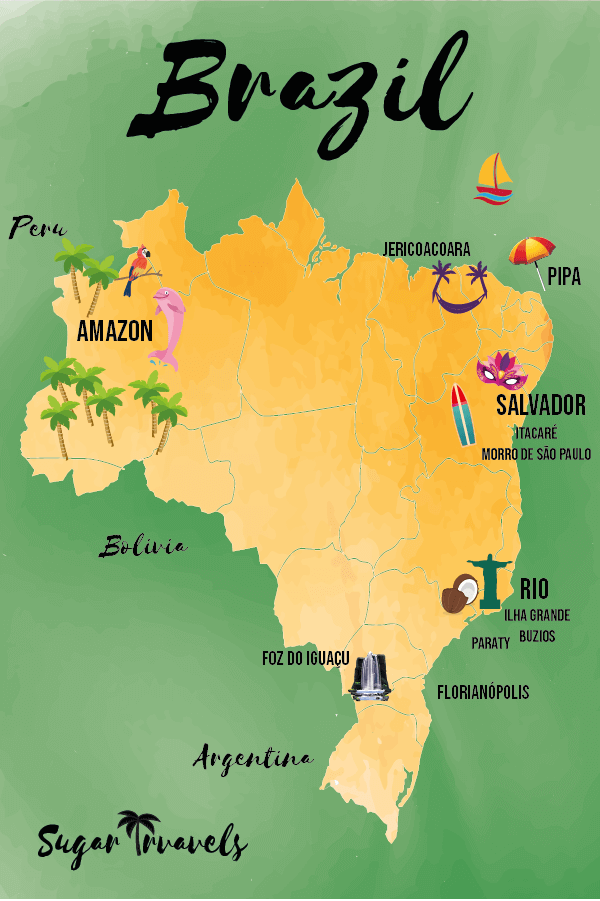
Careful... you're about to fall in love... A little bit about Brazil:
During your trip, you will hear stories about Brazil, the beaches, the music and about people that fell in love (in the country or their significant other) and just stayed there. I’m one of those people.
My love story with Brazil began with soap operas and I fell in love with the language. When I got older I decided to go there for 3 months and visited remote places that even Brazilians haven’t heard of (rightly so, some of them weren’t that great). After this trip, I decided to do my bachelor’s in Latin American studies and during my master’s I even lived in Brazil for one semester. It was amazing!
Today I’m taking a break from my Ph.D. in the same field and my research about favela films.
So yeah, you can say that my first trip to brazil basically shaped my entire future. Today Brazil is like a second home to me.
So why does everyone fall in love with Brazil?
I always say that when you’re walking on the Copacabana boardwalk it feels like there’s a soundtrack in the background. And yes it could be I’m overly romanticizing giving the fact you can get robbed on the same boardwalk (more about safety here) but the more you’ll stay there you might understand what I’m talking about.
What you need to know about Brazil:
- Yes, Brazil is considered to be unsafe but don’t let it stop you from going! I traveled to Brazil 5 times now and each time I was a solo female traveler. Once you adapt some recommended safety tips you can almost prevent any robberies or unpleasant incidents.
- The favelas are poor neighborhoods that have become a touristic attraction after the release of the movie City of God.
But don’t get it wrong- the favelas you might visit are nothing like the one in the movie. In the face City of God is located about 3 hours from Rio and the favelas located in the touristic areas of the south of Rio (Zona Sur) are favelas that went through “pacification ” before the World Cup and are currently occupied by the pacification police (UPP).
The favela tours issue is a complicated one and I tried to simplify it and give you all the information in the post Favela Tours- the good, the bad, and the ugly” - Portuguese is the official language in Brazil since it was conquered by the Portuguese empire after it was discovered by Pedro Cabral in 1500 and declared independence (in a relatively peaceful process in 1822. Portuguese is similar to Spanish but there’s a noticeable difference in the accent. Nevertheless, a basic vocabulary will gain you a smile and assistance from the locals.
- Açai (pronounced a-sa-i) is a typical dish you can try all over the countries but the norther you go the aćai will taste better since it is purer. When you buy açai note that you need to decide between a cup (copo) or a bowl (tigela).
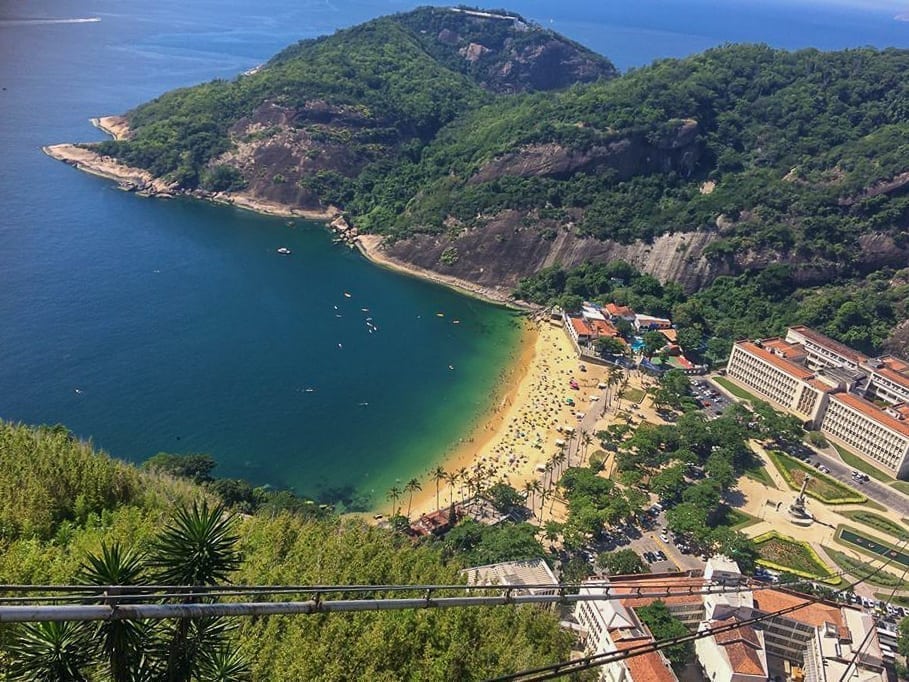
Brazil- Itinerary and destinations
A short itinerary in Brazil must begin in 7 days since in lest than that you can only see Rio de Janeiro and maybe a little bit more of its surroundings. A month/a month and a half will be enough to do all the “must” destination.
Brazil is huge so moving fro one place to another would usually consist of a flight or a boat. For more about transportation click here.
One week itinerary
A short itinerary will be of about a week and focus on Rio and its surroundings. At this time you can enjoy the attractions in Rio like the Sugar Loaf, Hikes (to Pedra Bonita for example), the Corcovado (Jesus statue), some music and dancing in the evenings and more.
During this week you can take 3 days to enjoy Buzios (3 hours ride from Rio) or Ilha Grande (a car ride and boat) which will provide an amazing getaway from all the hustle and bustle of Rio.
4-6 weeks itinerary
You can take the upwards rout from Foz de Iguazu, going north to Rio and its surroundings, and then continuing to the northeast or the other way around.
This route will include Florianplois, Paraty, Rio, Ilha Grande, Buzios, and Arraial do Cabo, Bahia, Pipa, Jericoacoara and more if you have time.
Of course, Brazil has much more to see but these are the most places and places that are relatively within reach. Here are some additional spots you might consider:
Amazonas (if you haven’t don it elsewhere), Lencois Maranhenses, Jalapão, Porto Seguro and Arraial d’Ajuda, Sao Paulo and some.
The “must” do in 3 weeks:
Rio de Janeiro (4 nights) –> Ilha Grande (3 nights) –> Buzios (3 nights) –> Pipa (3 nights) –> Jericoacoara (4 nights).
In case you’ll be in Brazil during Carnival you will have to add 10 more days in Rio/Salvador/Florianopolis
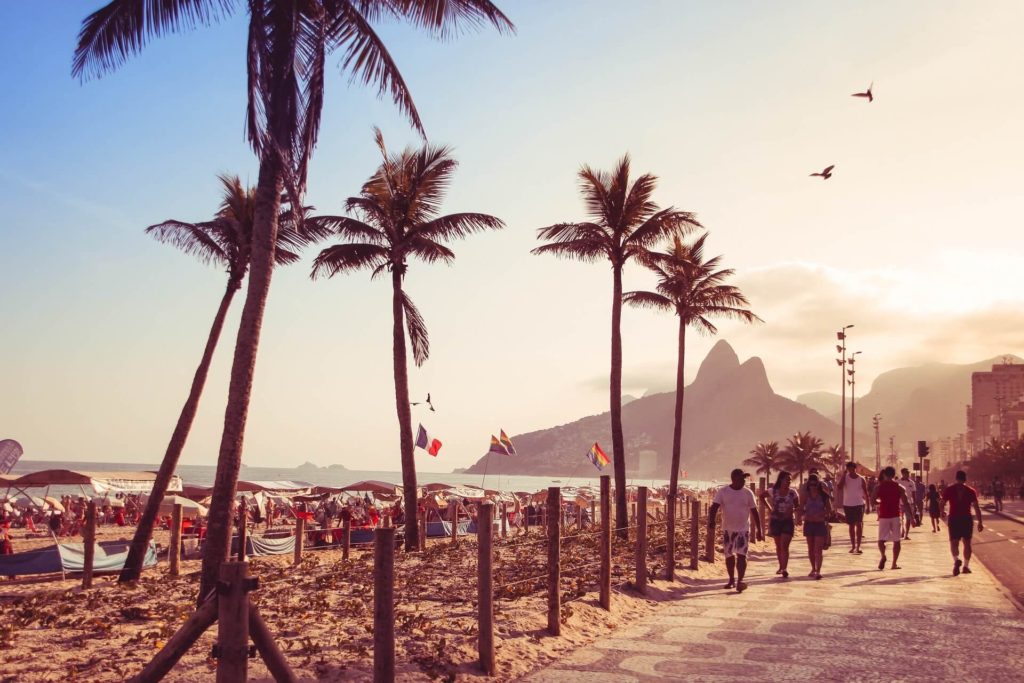
Rio de Janeiro
Rio might not be the capital (but Brasilia) but touristically speaking it’s totally the leading destination in Brazil. There are so many touristic attractions and day trips you can easily spend 10 days just in Rio.
I always warn people there’s an initial shock when arriving in Rio because the city and beaches are busy but after adjusting you will fall in love!
In this city, you will the best parties for those willing to experience Brazilian music and dance fully.
In this guide, you will find the best hikes in Rio and a guide to the city’s nightlife.
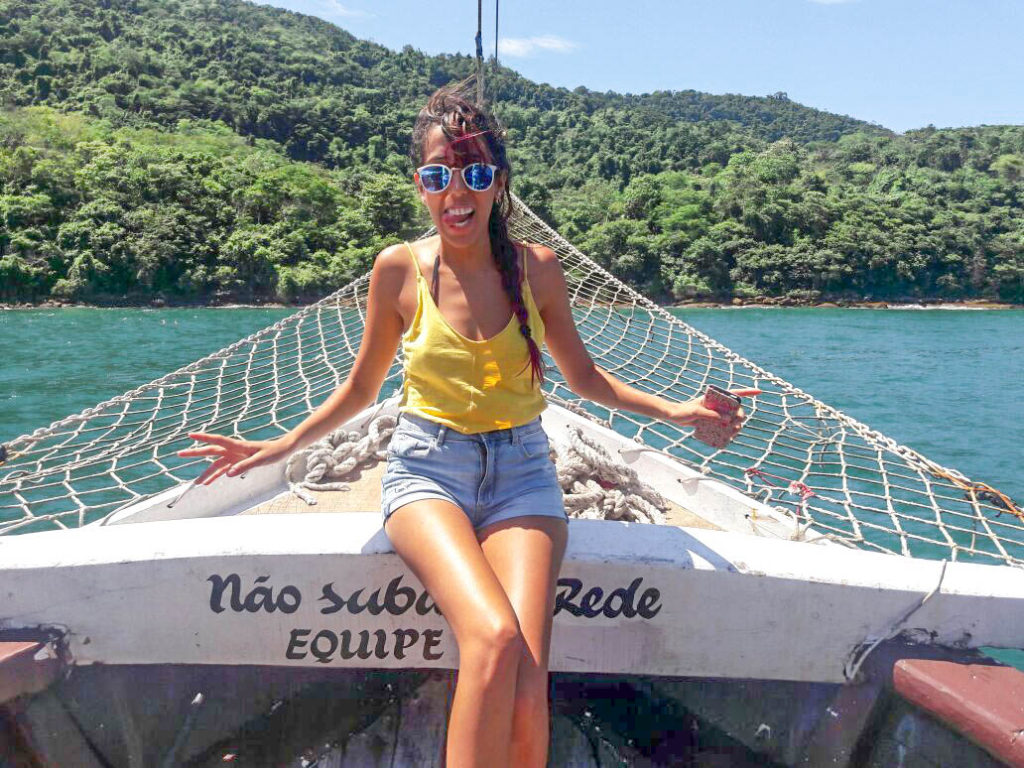
Ilha Grande
If Rio is a bit too much at first or if you just want some peace and some beaches take a boat to Ilha Grande, a small magical island with no cars and a lot of fun.
You would have to drive to one of the ports and take a boat in order to get there but it will be worth it when you’ll visit the pristine beach, Lopes Mendes.
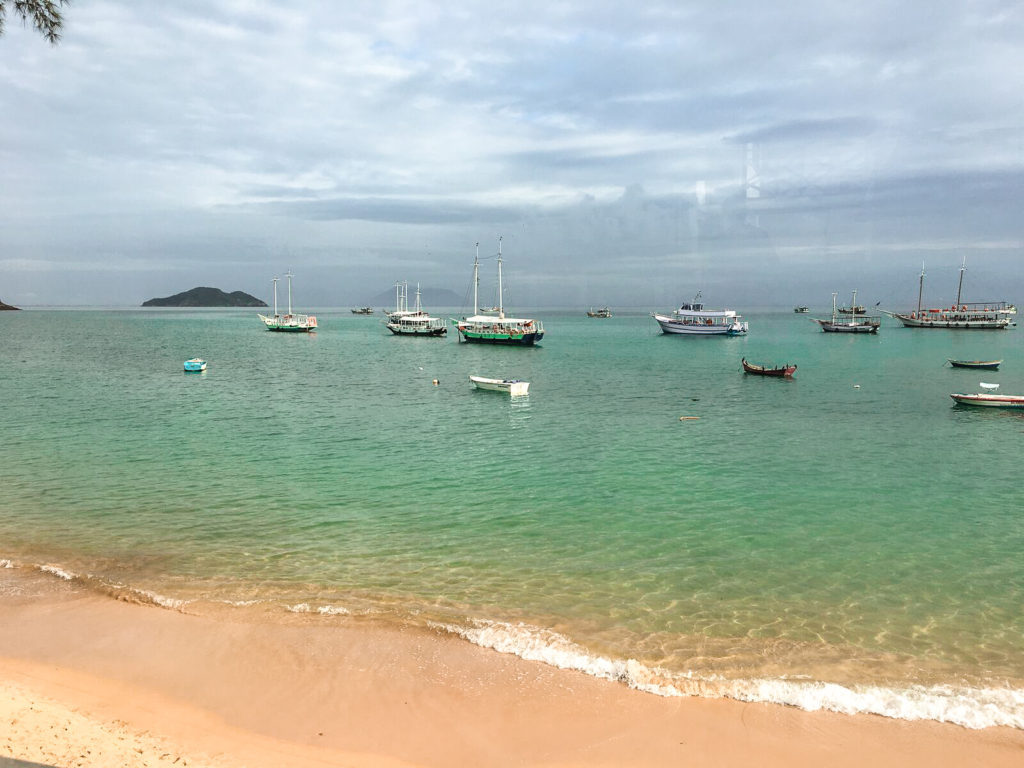
Buzios
Another great option for a getaway is Buzios, which a bit more lively and is only about 3 hours drive from Rio.
In Buzios, you could enjoy over 35 beaches, fun restaurants, and boutique stores. It’s also the departure point for a boat tour in the pristine beaches and waters of Arraial do Cabo.
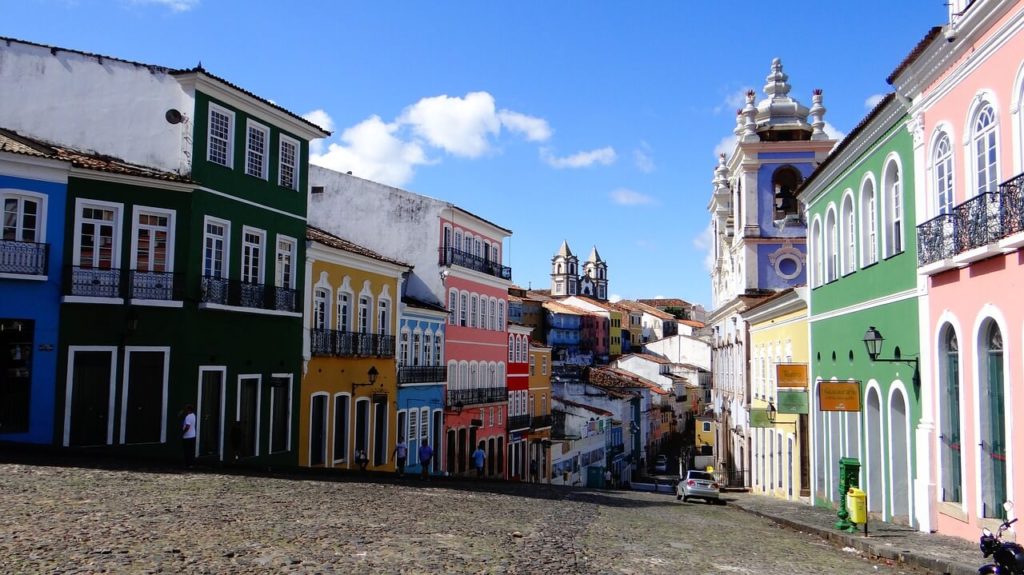
Salvador, Bahia
Salvador used to be the capital of the Portuguese empire back in colonial times and serves as a port. Today it’s the capital of Bahia and a very popular destination during Carnival time.
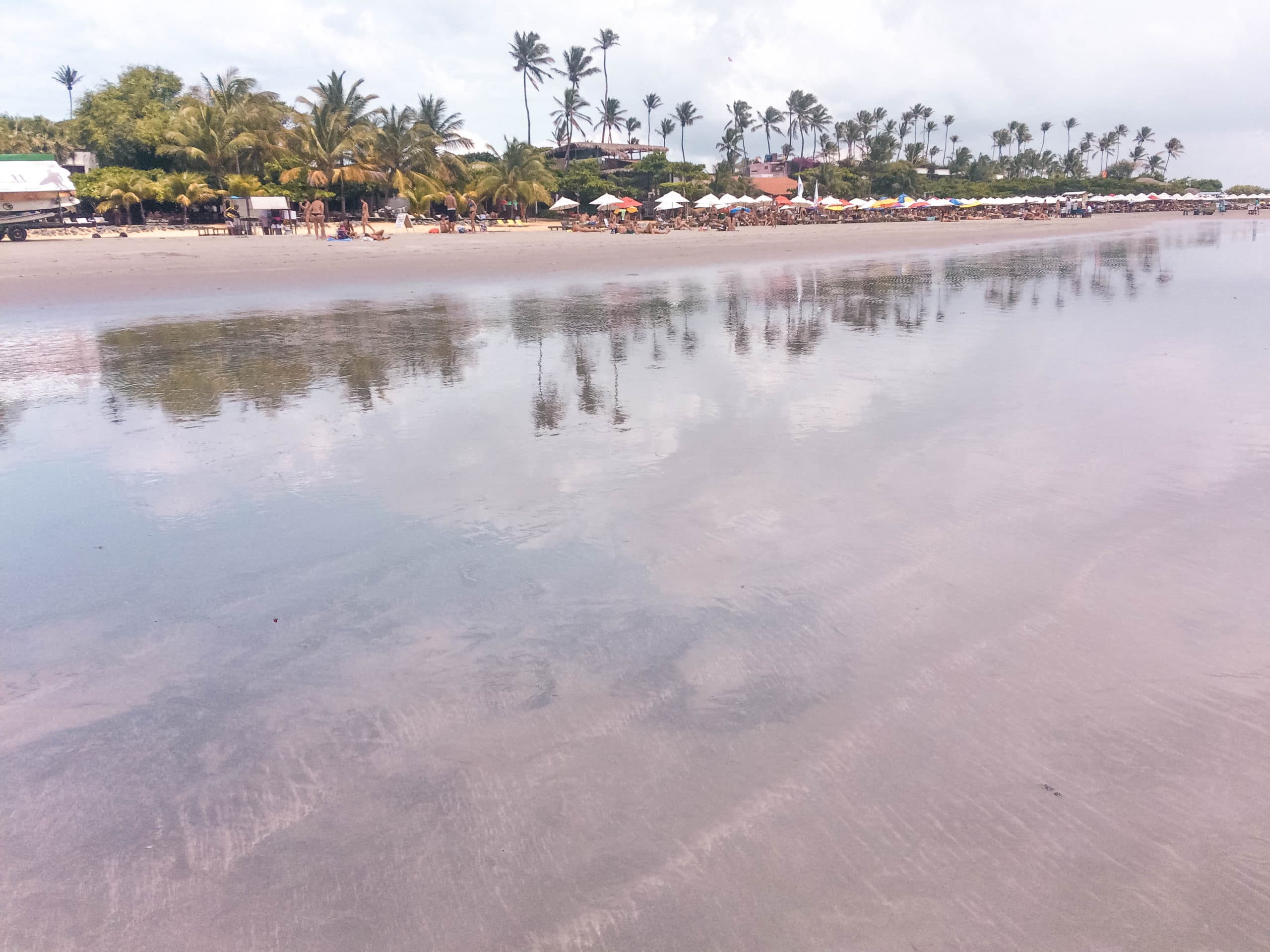
Jericoacoara
Jericoacoara or Jerí in Portuguese is located in the sate of Cearâ and has become a touristic destination in the last decade.
In Jerí you will find infinite dunes surrounded beautiful lagoons. As the tourism of this place evolves the famous lagoons became a bit overly touristic but some new ones that are still considered hidden gems were discovered.

Pipa
Pipa is a great beach town located about 2 hours car ride from Natal (which has an airport).
At Pipa you can enjoy a few beaches, dolphins watch, boutique stores, and great parties.
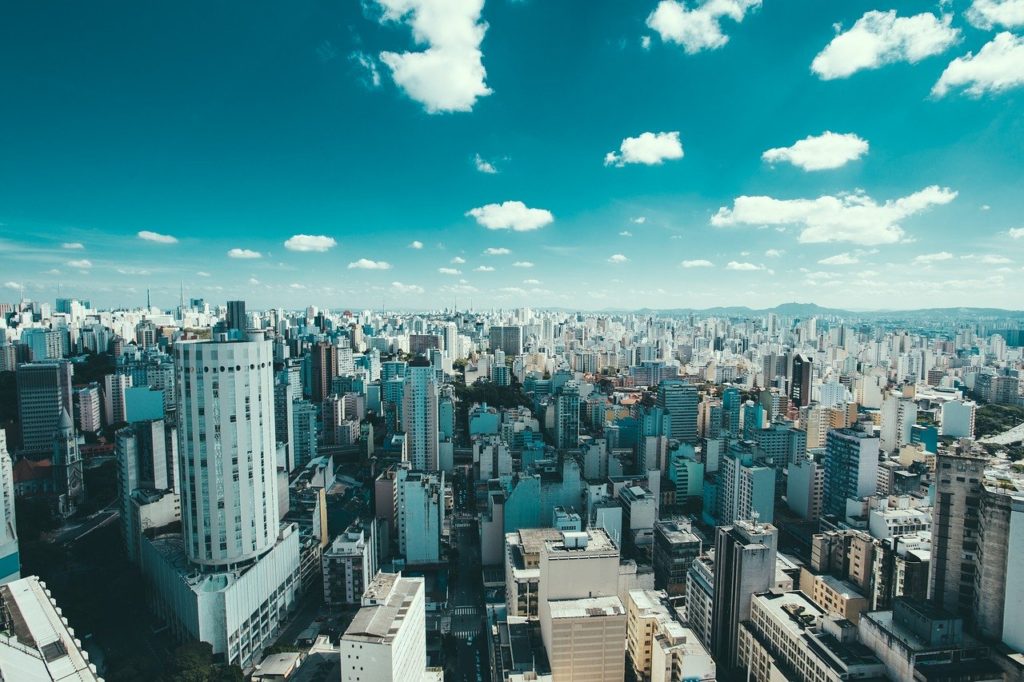
São Paulo
You will probably visit São Paulo if you have a flight leaving or arriving there but there’s not much to do in the city unless you really like Sertanejo music.
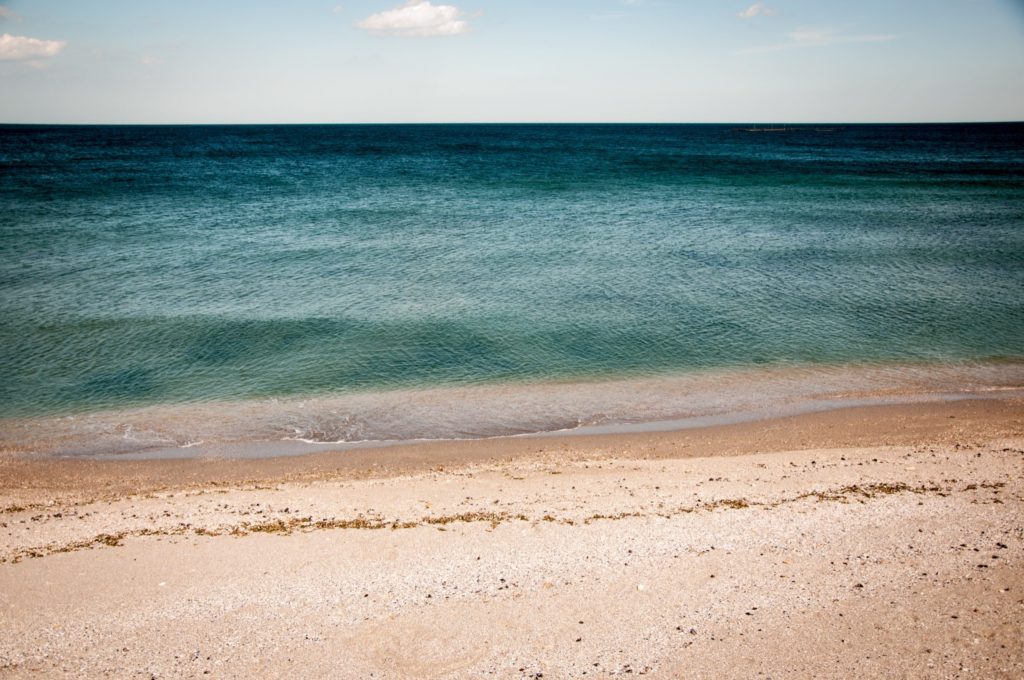
Parati
Parati is a colonial town with nice architecture and beaches and you can get there on a day trip from Parati.
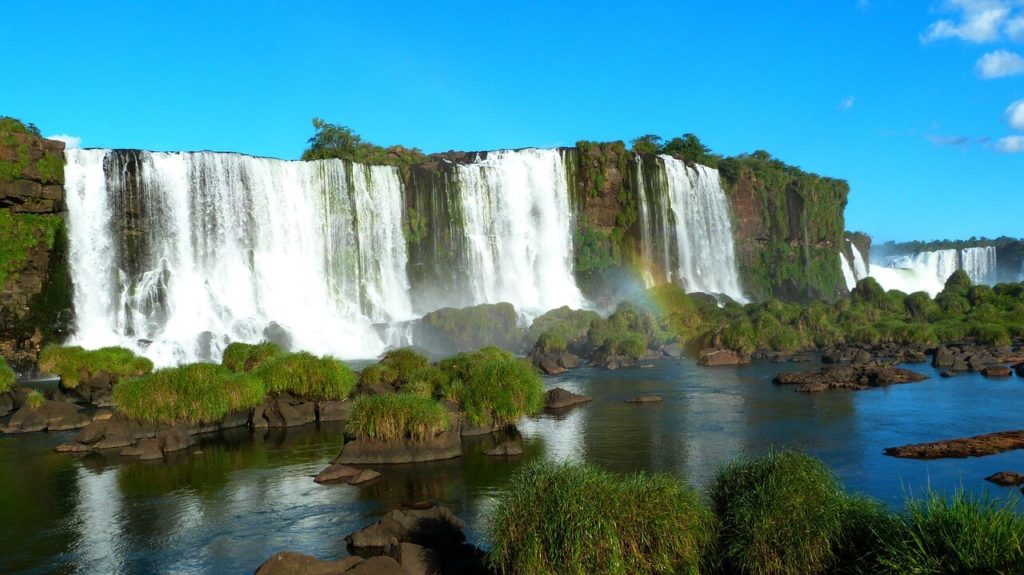
Iguazu falls
Foz de Iguazu is a border town between Brazil, Argentina, and Paraguay with the greatest touristic attraction- the Iguazu waterfalls.
Remember the Argentinan side is considered to be the prettier site.
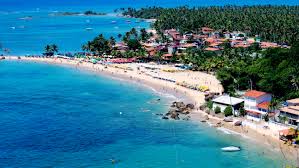
Morro de São Paulo
Morro de São Paulo is a beautiful island next to Salvador, Bahia. There no cars on the island but it’s pretty western when it comes to the food since it’s super touristic.
You will find beautiful islands, cruises, natural mud, and foam parties.
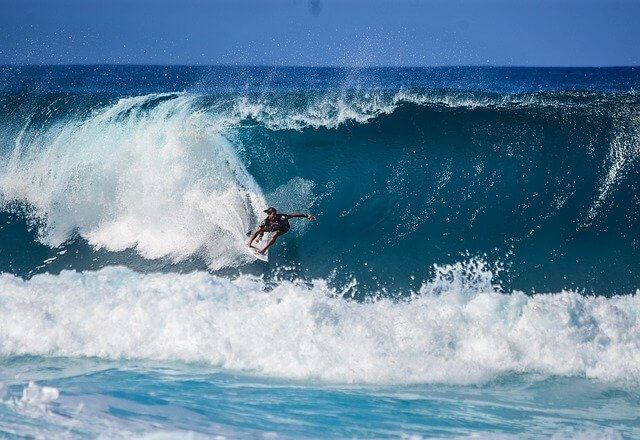
Itacaré
This island is also located a boat away from Salvador and is known as a surfing town.
Seasons and Useful Information
Seasons
Brazil has a wet and dry season but you can travel across the country throughout the year.
The wet season in Brazil is during the summer and its peak begins in December and ends in March/April (after Carnival). During these months you should book your flights and hostels as soon as possible because the prices go up quickly.
Since it’s the wet season you might encounter light tropical rains. If you go to islands (like Ilha grande) make sure you check the weather before you do since there’s nothing to do in case it rains.
The dry season in Brazil lasts from June to Septemeber and it’s their winter. If you plan to visit areas with lagoons (like in Jericoacoara) you’re better off going when the lagoons are full. If you’re’ planning to get to the Amazones these months are more convenient.
Money and ATM’s
Withdrawing money in Brazil is a bit problematic since you can always get robbed at the exit so you should always keep an eye open, put your cash away quickly and always have a small bill in the pocket in case you’re getting robbed.
In addition, when you pay in restaurants make sure the waiter comes over and swipes the card in a portable credit card machine (it’s everywhere).
For more warning and safety tips click here.
Transportation in Brazil
Transporation in brazil is mainly with flights and if you purchase your tickets on time you can pay as little as 20$ for a flight from Rio to São Paulo for example.
Unlike Argentina, the buses in Brazil are not comfortable at all and not recommended for long rides (with the exception of a 3 hours bus ride from Rio to Buzios for example). The main bus station in Rio is called the rodoviaria and you should keep an eye on your stuff while you’re there.
In the big cities you can use apps like Uber and Cabify that will make your life so much easier and for me even provided safety.
I recommend you take the WhatsApp numbers of different drivers so you can use them for long rides (like from Rio to Buzios or to the Ilha Grande port) in case you’re a group of 3-4 people.
Safety Warnings and Tips
Many countries in south and central America are considered dangerous but Brail has the worst reputation of them all. This reputation might have been justified in the past but today not so much.
I travel to Brazil several times and got my passport and iPhone stolen. My friends got their credit cards stolen and some were threatened with a knife. Butttttttt doesn’t let these stories intimidate you!
When I got my passport stolen I was in the central bus station in Rio (infamous for being a picketing spot) and my passport was in my back pocket of the backpack that has no zipper. completely exposed. When my friend got his wallet stolen he was passed out in a pool party and took off his pants with the wallet in them.
The majority of unpleasant incidents occur because we, the tourists, don’t take the necessary measures to keep our staff safe. And yeas, in your country you can talk o the phone in the street, but in Brazil, you can’t.
Safety tips
These tips are relevant to almost all the places in this list but mostly to public places like Lapa neighborhood in Rio for example.
– In Rio and in other main cities you shouldn’t wear flashy jewelry. And yes I know we all want that hot picture on Copacabana pictures you will have to give up your accessories in this shot.
– In Rio and other main cities, you must not take your phone out in the streets unless it’s because you need to order an uber and even then you should do it discretely. If you need to text or call someone to go to a store in the area and do it there.
– The most recommended way to get around after dark is with an Uber. It’s cheaper and safer than taking the metro/bus and walking at nighttime. And don’t leave your hostel until the uber gets there (don’t worry they’re used to it and would even wait for you until you go inside the building when they bring you back).
– In Rio, you can drive through a red light after 10pm so be careful when you’re crossing the road (but, as I said before, you shouldn’t be walking outside at night time anyways)
– If a stranger touches you, pushes you, taps your shoulder or even stands too close to you immediately make sure that you have all your belongings.
– Do not get separated from your group or wonder to dark allies (even if you have to pee do it where everyone else does).
Female Travelers
Can you travel to Brazil as a solo female traveler? Yes!
Just like Colombia and other places (New York for example) men might whistle or catcall in the streets. Ignore it.
If you’re traveling in Brazil alone, of course, you should not leave the hotel alone after dark, don’t walk off with anyone to dark allies.
Know this- Brazilian men are aggressive so you should avoid uncomfortable situations and take precautions.
In case you’re traveling with other women I noticed that once you pretend you’re lesbians it helps a bit with all the constant whistles ( especially during carnival) but remember that Brazil is not LGBT friendly even though it appears like it is (so be careful).
Scared? Don’t be, really!
Just like you have safety measures you take in your country Brazil has its own rules but once you take these measurements you will minimize the chances that anything bad will happen and ruin your trip.
Where to sleep in Brazil?
Accommodation in Brazil is considered pretty pricy, especially in Rio. Whether you’re backpacking or not you might prefer staying in a hostel or a Pousada (an inn in Portuguese) that have better prices.
In Brazil, you won’t find big hostels chain but Che Lagarto that’s known as a bit pricier but also for its high quality. In Ilha Grande, for example, the Che Lagarto hostel is the best on the island.
If you’re traveling in a big group you should consider taking an apt through Airbnb in cities like Rio but you should pay attention to the location of the apt since some are in the favelas (they might even have a pool).
For a 32$ discount when subscribing to Airbnb click here.
In towns and more remote places (like Pipa), you can just show up and search for homestay and pousadas with more affordable and flexible prices in case you’re not traveling in the peak season around Carnaval or new years eve time.
Useful Vocabulary
– Como chego a…- how to get to…
– Cuanto custa isso – how much does it cost
– Meu nome é- my name is
– Me chamo – my name is
– Eu sou de…- I am from …
– Praia- beach
– Trilha- trek
– Vista- view
– Morro- hill
– Pedra- rock
Don't forget to pin this post!

